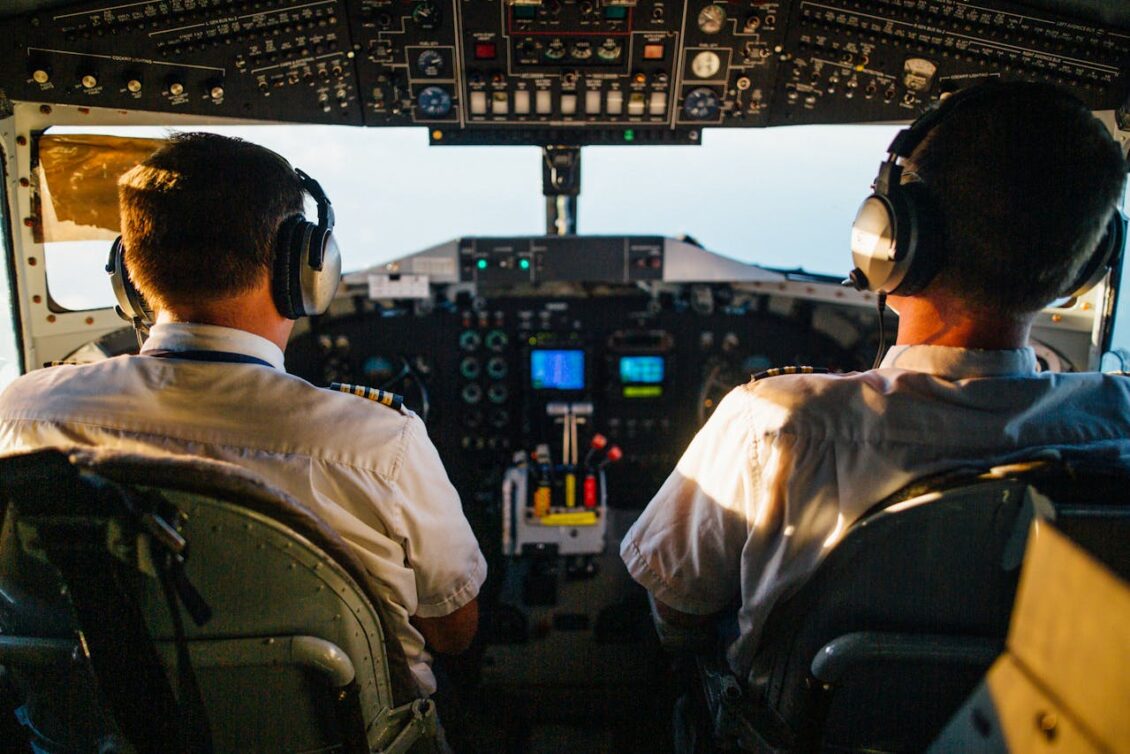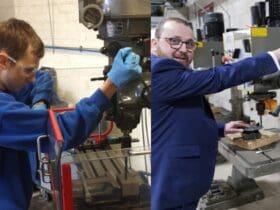For those with a passion for aviation, obtaining an Airline Transport Pilot (ATP) licence represents the pinnacle of professional achievement. This highly regarded certification enables pilots to command commercial airliners and opens doors to numerous career opportunities within the aviation industry. Here, we explore the essential steps and requirements for earning an ATP licence, highlighting the commitment and training needed to succeed.
Understanding the ATP Licence
An ATP licence is the highest level of aircraft pilot certification. It qualifies pilots to serve as captains on multi-crew aircraft, a role that demands exceptional skill, experience, and responsibility. Achieving this status is a rigorous process, reflecting the critical nature of commercial airline operations.
Initial Steps: Building a Strong Foundation
The journey to an ATP licence begins with foundational training. Aspiring pilots typically start by earning a Private Pilot Licence (PPL), which allows them to fly small, single-engine aircraft. This initial step involves:
Ground School: Comprehensive classroom instruction covering fundamental aviation knowledge, including meteorology, navigation, and aerodynamics.
Flight Training: Practical flying experience with a certified instructor, focusing on basic maneuvers, takeoffs, landings, and emergency procedures.
After obtaining a PPL, pilots advance to a Commercial Pilot Licence (CPL). This stage involves more intensive training, emphasizing advanced flight techniques, night flying, and complex aircraft operations.
Accumulating Flight Hours
One of the critical requirements for an ATP licence is accumulating sufficient flight hours. The Federal Aviation Administration (FAA) mandates a minimum of 1,500 flight hours, though some exceptions exist for military-trained pilots and graduates of specific university programs. These hours are typically gained through:
Flight Instruction: Many pilots build hours by working as flight instructors, teaching others while honing their skills.
Charter Flights: Pilots may also fly charter services, providing a variety of flight experiences in different conditions.
Advanced Training and Specialized Courses
Advanced training is essential for those pursuing an ATP licence. This phase includes specialized courses designed to prepare pilots for the complexities of commercial aviation. Key components include:
Multi-Engine Training: Learning to operate aircraft with multiple engines, which are common in commercial aviation.
Instrument Rating: Developing the ability to fly solely by reference to instruments, a critical skill for navigating adverse weather conditions.
Crew Resource Management (CRM): Training focused on effective communication and teamwork within a multi-crew environment.
The ATP Certification Process
Once the necessary flight hours and training are complete, pilots must pass a series of exams to earn their ATP licence. These include:
Written Exam: A comprehensive test covering advanced aeronautical knowledge, regulations, and operational procedures.
Practical Test: Also known as the check ride, this flight test assesses a pilot’s ability to perform ATP-level maneuvers and handle emergency situations.
Career Opportunities and Growth
Earning an ATP licence unlocks a wide range of career opportunities. ATP-certified pilots are qualified to serve as captains for major airlines, operate corporate jets, and engage in specialized aviation roles such as aerial firefighting and medical evacuation.
The demand for ATP-licensed pilots remains strong, driven by the growth of the global airline industry and the ongoing retirement of seasoned pilots. This trend ensures a steady stream of job opportunities for those entering the field.
Obtaining an ATP licence is a demanding but rewarding process, requiring dedication, extensive training, and a commitment to excellence. For those with a passion for flying, the journey to ATP certification represents the ultimate professional milestone, offering a career filled with exciting challenges and opportunities. If you aspire to reach the highest levels of aviation, pursuing an ATP licence is the key to unlocking your potential and achieving your dreams in the skies.









Leave a Reply
View Comments